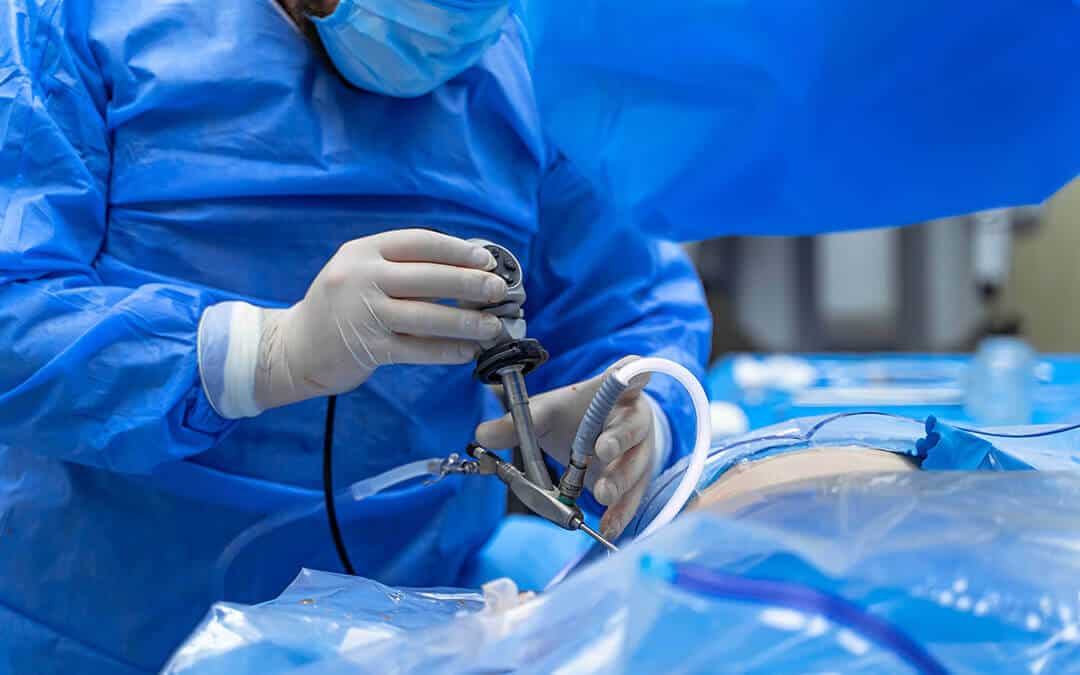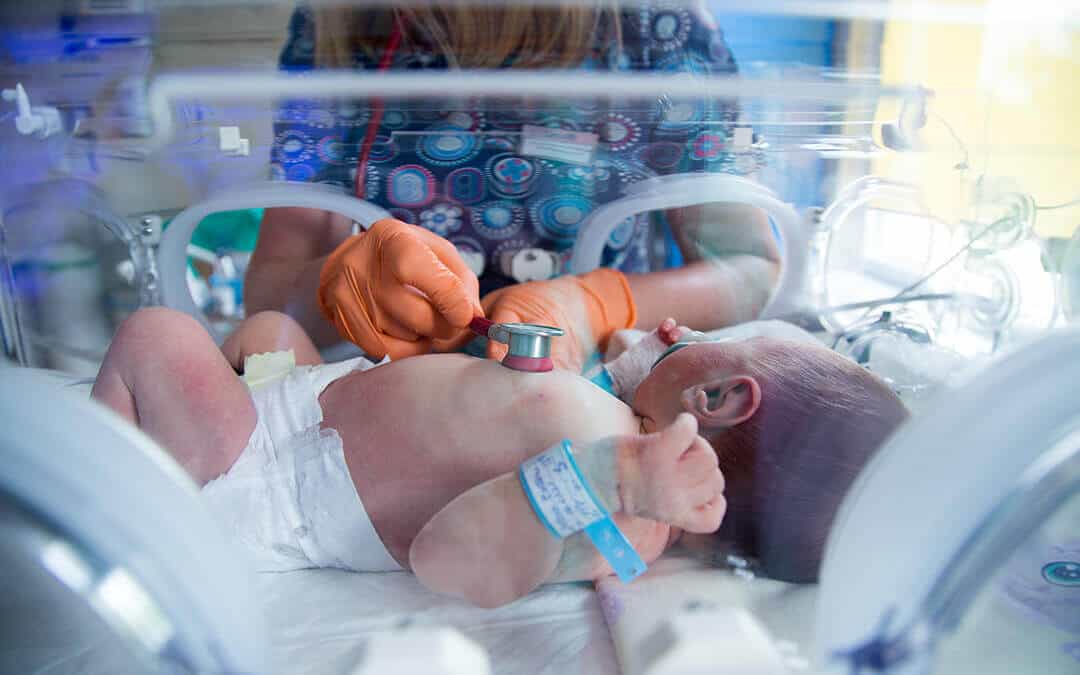When you think of a hospital, you might think of the nurses, doctors, and high-tech machines that it needs to run smoothly. But it might surprise you to learn that medical compressed air plays a critical—though often overlooked—part in a hospital’s day-to-day operations. Used in just about every area from patients to power ventilators, hospitals rely heavily on compressed air to get their job done in a safe, hygienic way. Whether you’re a doctor, a hospital manager, a building planner, or an operations contractor, here’s a brief look at what medical compressed air is and how this flexible gas can be utilized.
What Is Medical Compressed Air?
Generally, compressed air is manufactured by pulling ambient air into a compressor and putting it under pressure. But since ambient air is usually full of pollutants like dust and dirt, medical-grade compressed air needs to be slightly different. Typically made up of 21% oxygen and 79% nitrogen (though custom mixtures can be created), medical compressed air is a clean, contaminant-free supply of compressed air. Providing a source of purified, controlled air for hospitals and medical offices, medical compressed air is widely used for patient needs, but also helps to power important medical devices and instruments such as surgical tools, laboratory air, and more.

With such an essential role to play, compressed air systems in hospitals must remain safe and sanitary at all times. In a space where faulty devices or contamination can mean the difference between life and death, many hospitals opt for oil-free air compressors to avoid moisture issues, which are known to cause damage, corrosion, and mold on critical equipment. With a dependable and cost-effective delivery system, hospitals can ensure that their medical compressed air is always ready to go.
How Medical Compressed Air Can Be Used

Hospitals of all shapes and sizes use compressed air for their daily functions, including primary patient care, operations, and general hospital maintenance. In a hospital setting, compressed air is likely to be used for:
- Respiratory assistance like ventilators
- Incubators
- Carrier gas for anesthesia
- Inflating emergency mattresses and wheels on service carts and wheelchairs
- Keeping patients comfortable and breathing in emergency and non-emergency operating rooms
- Powering surgical tools in operating rooms
- Air filtration systems that help hospitals provide the purest, most sanitary air possible
- Cleaning dusty spaces
- Powering repair and maintenance tools like impact hammers, nail guns, and many others
With so many critical end-uses, compressed air systems have proven to be a life-saving power source in the medical field. But those life-saving properties are only as good as the delivery and quality of the compressed air being used. Contaminated air can put both patients and hospitals at risk, making the quality of compressed air of the utmost importance to users.
If you’re looking to ensure safe, quality patient care, CalOx has been providing clean and sanitary medical compressed air to Southern California for more than 80 years. With qualified technicians, we handle all storage, certification, and maintenance tasks for a cost-effective and hassle-free experience. Contact us today for a free quote on compressed medical air for your business!
Sources:
https://www.nexflow.com/blog/importance-compressed-air-for-medical-use-in-hospitals/
https://www.danddcompressor.com/blog/what-is-compressed-air-used-for-in-hospitals/
